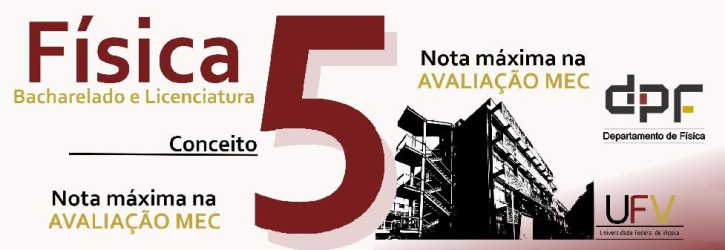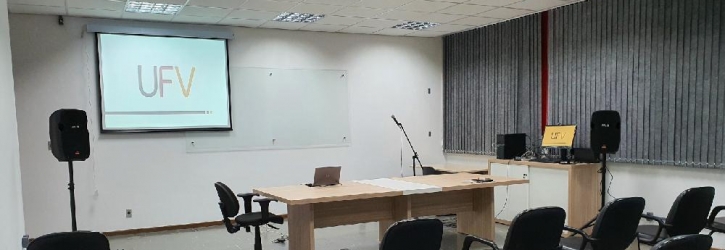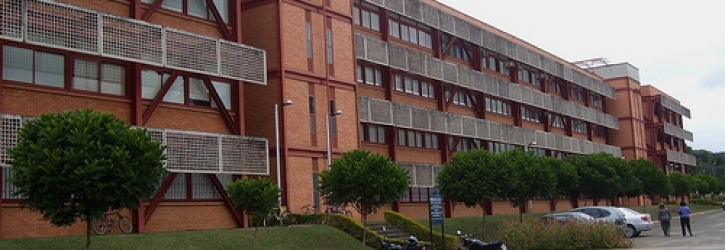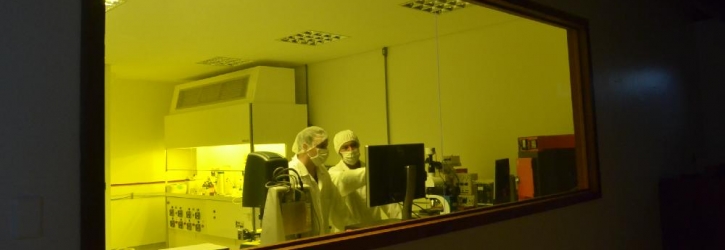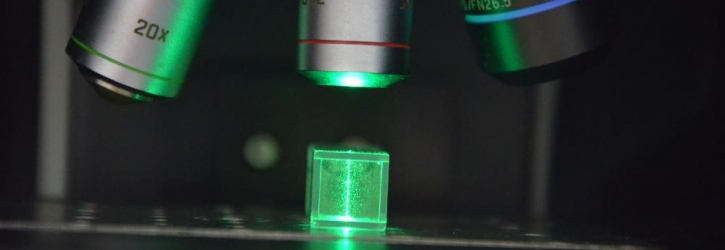Informativo
Seminário da Pós – dia 04/10/24
“Pure spin current generation and detection by non local spin injection”
Iago Greca Rossanes Fontes – Departamento de Física UFV.
DATA: 04/10/2024.
HORÁRIO: 10h.
LOCAL: Auditório do CCE.
RESUMO:
Spintronics has been a rapidly growing field over the past few decades due to its vast potential for technological applications, particularly in conventional and quantum computing. The field began with the discovery of giant magnetoresistance (GMR) in 1988 [1], which made it possible to manipulate spin in electrical transport, triggering a major breakthrough in digital data storage. Since then, advancements in spintronics have been significant, evolving from the manipulation of spin-polarized electric currents to the generation of pure spin currents in metals and ferromagnetic insulators, the conversion of spin currents into charge currents, and the transport of spin currents in antiferromagnetic and topological systems.
Pure spin currents involve the transport of spin angular momentum without the flow of electric charge, and they are now one of the main focuses of the global spintronics landscape. These currents enable the study of spin transport properties in a wide range of materials and have the potential to replace conventional transistor-based integrated circuits. Consequently, exploring new methods for generating and detecting spin currents is crucial for advancing the field. Among these methods, spin pumping [2], spin Seebeck effect [3], and non-local spin current injection [4] stand out. In particular, the non-local injection technique has garnered significant attention, as it allows for the generation, manipulation, and detection of spin currents purely through electrical means, without the need for highly sophisticated experimental setups. This opens up the possibility for fabricating commercially viable spin transistors.
The generation and detection of spin currents are achieved using a structure known as a lateral spin valve, which consists of two ferromagnetic nanoelectrodes connected by a nanowire made of a non-magnetic material of interest. When an electric current is applied between one electrode (injector) and the nanowire, a spin-polarized current is injected into the nanowire, creating spin accumulation at the FM/NM interface and initiating spin diffusion along the nanowire. Part of this spin current is injected into the second ferromagnetic electrode (detector), and since the spin current interacts with the magnetization of the material, the potential difference between the detector and the nanowire depends on the magnetization of the electrodes. This enables the manipulation of spin currents flowing through the structure.
In this seminar, we will explore the spintronics landscape of the past two decades, highlighting the significant contributions from the Brazilian research community. With this established context, we will discuss the non-local spin current injection technique, including the sample fabrication process conducted entirely in the laboratories of the Federal University of Viçosa, and present the initial results related to these structures.
[1] – Baibich, Mario Norberto, et al. “Giant magnetoresistance of (001) Fe/(001) Cr magnetic superlattices.” Physical review letters 61.21 (1988): 2472.
[2] – Azevedo, A., et al. “dc effect in ferromagnetic resonance: Evidence of the spin-pumping effect?.” Journal of applied physics 97.10 (2005).
[3] – Uchida, Ken-ichi, et al. “Observation of longitudinal spin-Seebeck effect in magnetic insulators.” Applied Physics Letters 97.17 (2010).
[4] – Jedema, Friso Jacobus, A. T. Filip, and B. J. Van Wees. “Electrical spin injection and accumulation at room temperature in an all-metal mesoscopic spin valve.” Nature 410.6826 (2001): 345-348.

